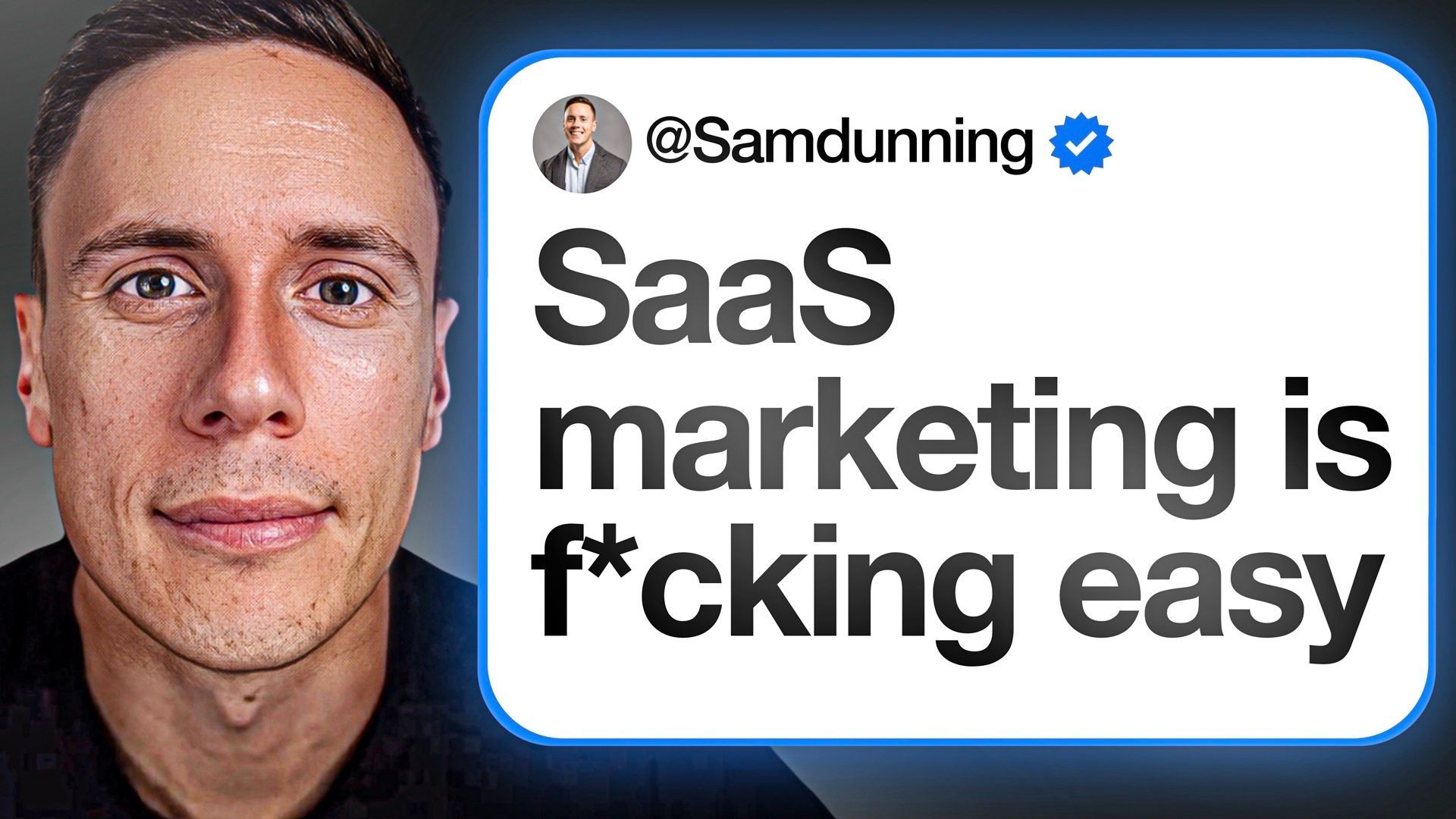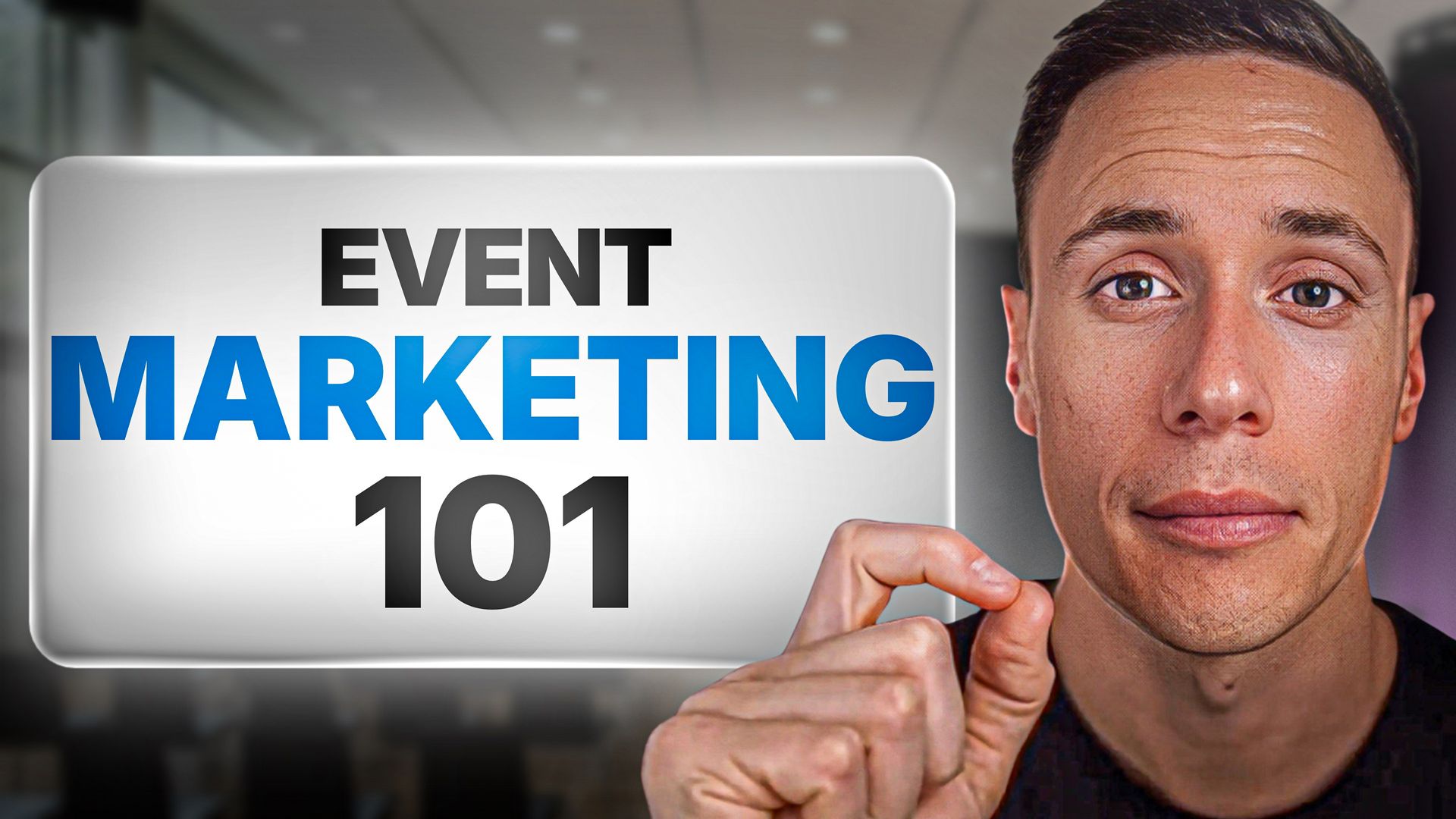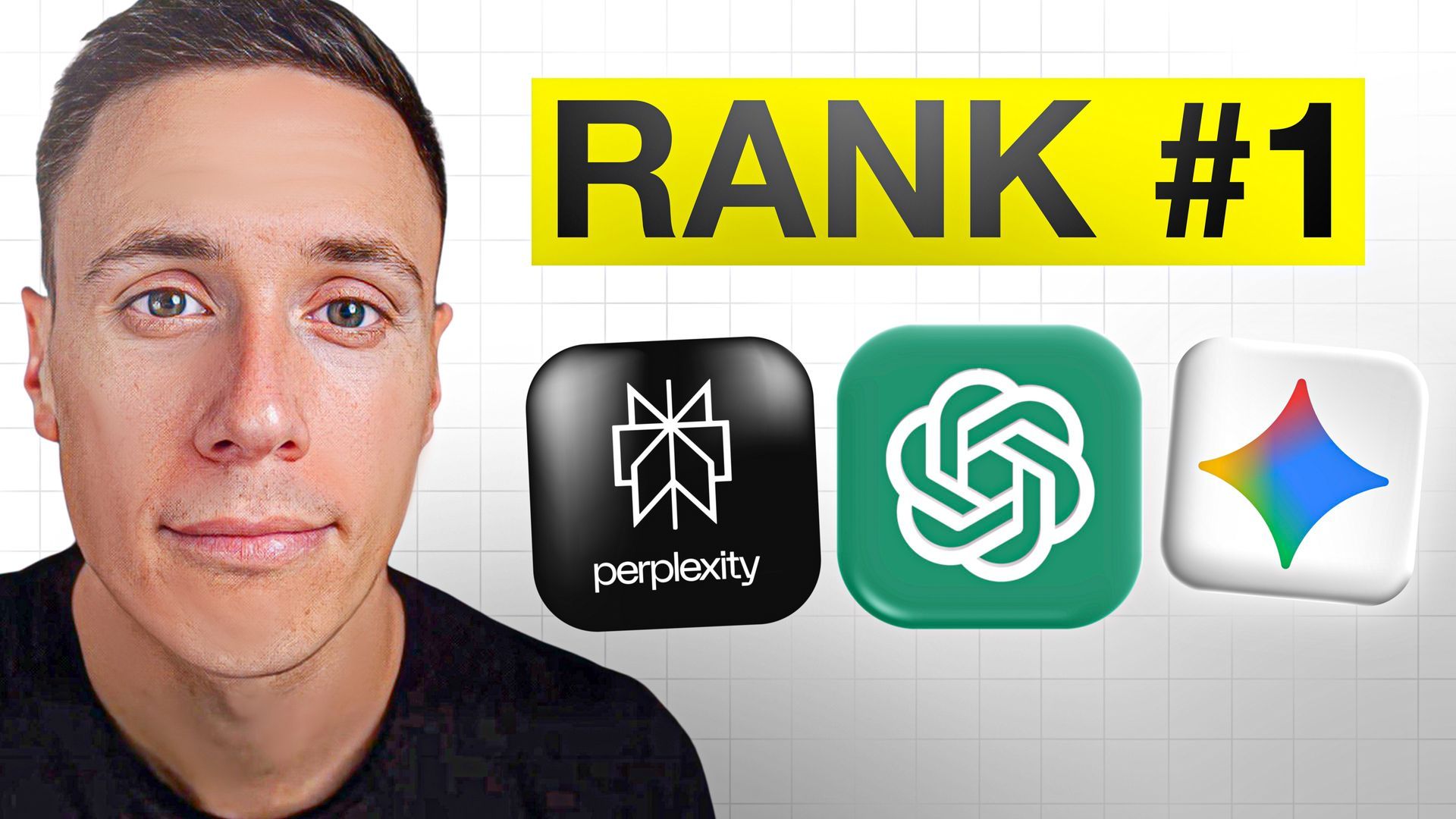Table of Contents
Ready To Grow Organic Pipeline & Revenue?
See if we can scale your organic pipeline from SEO as quick as 90 days.
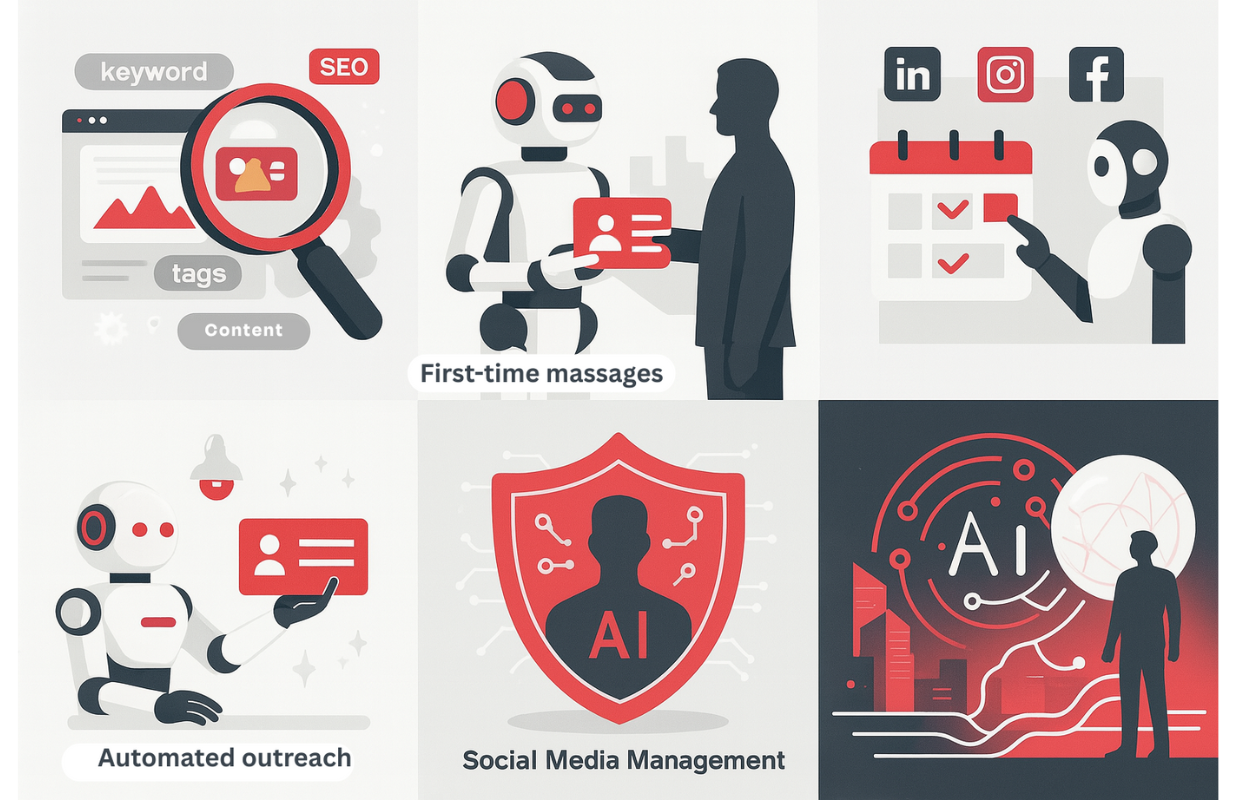
The terms 'AI' and 'automation' have evolved from buzzwords into a battlefield, capturing equal amounts of excitement and anxiety across the digital marketing landscape.
While AI-automation offers significant efficiency and productivity gains, concerns persist around job displacement, ethical implications, and the diminishing human touch in marketing.
Let's explore the balanced reality of AI-driven automation in SEO, digital marketing, outbound lead generation, and social media - examining the good, the bad, and what's yet to come.
SEO: Automation in Search Engine Optimization
Between Google's AI Overviews, Generative Engine Optimization (GEO), and automation tools, SEO is fundamentally changing.
- AI Overviews use Google's AI models, like Gemini, to understand user intent behind search queries and generate summaries that pull information from various sources across the web.
- Users are shifting from short 3-word search queries to long-tail searches of 6-11 words or more.
- Ranking across AI platforms means positioning yourself or your brand across all the sources that AI reads from. Reddit, YouTube, LinkedIn, podcasts, and high-authority websites - if your content appears across these sources, AI and generative engines will likely start serving your content to users.
- AI is becoming a more user-friendly source of information. Combined with 80% of content being created with AI on Google, this means ranking well in AI can generate natural brand mentions and backlinks in the years to come. If I were a journalist creating a list of toy companies in the UK, I would likely use the companies suggested by AI deep research.

The Good
Automation excels in SEO by handling repetitive tasks like keyword research, competitor analysis, site audits, and rank tracking. AI tools provide actionable insights faster, allowing marketers to dedicate more time to strategy and creative solutions.
The Bad
However, over-reliance on automated content creation tools has produced low-quality, keyword-stuffed articles penalized by search engines. Automated backlink building without quality control can also result in harmful, spammy backlinks that damage website authority.
Outbound Lead Generation: Has AI Replaced It?
Outbound marketing has some of the most manual and time-consuming processes of all marketing disciplines. It's easy for outreach campaigns to become lazy, and even when your outreach is perfect, reply rates can vary.
The good news is that outreach messaging still works - email, LinkedIn, and social media DMs remain effective ways to generate leads and grow business in 2025. The key is investing time and effort into setting up your automation properly.
- Research good intent signals for your goals. If you're selling office equipment, create signals that identify business posts about acquiring office space on LinkedIn.
- Use tools like Clay to eliminate manual processes like finding intent, conducting research, and enriching company/people information.
- Automated messaging can be problematic, but there are ways to build effective copy for your first outreach message using enriched information. Automating the first message to start conversations has proven effective in 2025.
- A company called B2B-AI is defining what the
best B2B email marketing services are when combined with AI. They also manage to automate LinkedIn posting, profile viewing, research, connections, and first-time messages with a tech stack of N8N, Clay, HeyReach, Smartlead, and custom-built JavaScript automation.
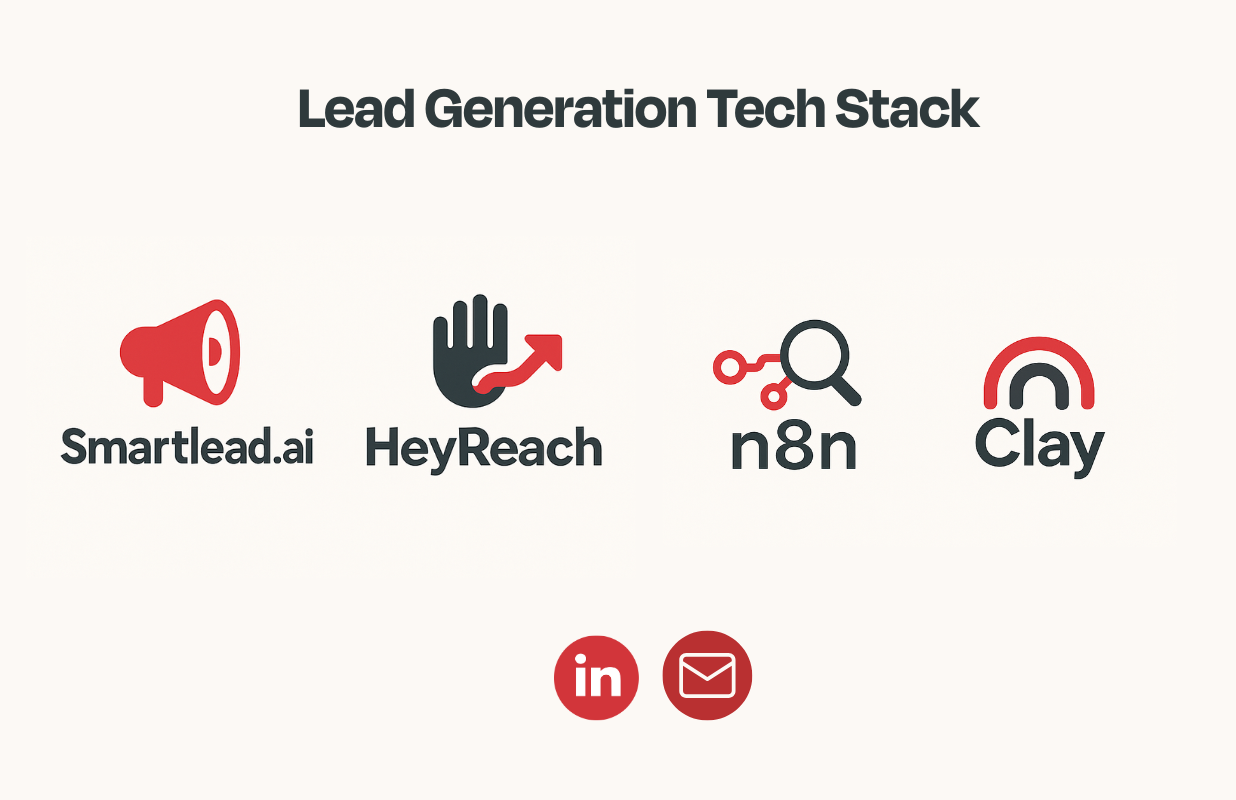
The Good
Automation significantly improves outbound lead generation by enabling personalized messaging at scale, automating follow-ups, and accurately tracking prospect engagement. AI-driven lead scoring prioritizes high-value leads, boosting efficiency.
The Bad
Conversely, aggressive automation in outreach can lead to overly generic or repetitive messaging that alienates prospects, reducing engagement and harming brand credibility. Automating without sufficient personalization or human intervention often results in poor outcomes and potential loss of high-value opportunities.
Social Media: Managing Presence at Scale
AI has affected every aspect of social media marketing, from image generation and post creation to automating posting schedules, messages, replies, and complete content strategies.
- Meta says more than five million advertisers already use its generative-AI features to create and optimize ads.
- Only 30 percent of agencies, brands, and publishers have fully integrated AI across the media-campaign lifecycle, although half of the remainder expect to do so by 2026.
- Something that often goes unmentioned is the pure novelty of AI and its generation capabilities. Currently, AI-generated video and image content captures viewer interest not just because of the advertised brand or product, but also due to fascination with AI technology enhancements. As marketers, we should plan for this novelty to wear off.

The Good
Social media automation streamlines posting schedules, maintains consistent engagement, and helps monitor brand mentions efficiently. Advanced analytics automatically surface critical audience insights to guide content strategies.
The Bad
Automation fails when brands rely entirely on scheduled posts without monitoring current events, resulting in inappropriate or poorly-timed content during sensitive moments. Excessive use of bots for follower engagement or comments frequently appears spammy, reducing authentic audience connection.
Are Our Jobs Safe with AI?
It's natural to worry about job security amid rapid automation. Realistically, roles focused purely on repetitive administrative tasks or entry-level content generation will diminish. However, roles emphasizing strategic thinking, creativity, technical expertise, and emotional intelligence are not just safe - they'll become even more crucial.
Jobs at risk include positions like low-level SEO content writers producing shallow content and manual data entry roles in lead generation. Conversely, strategic content marketers, SEO strategists, and sales executives skilled in understanding complex buyer behaviors will see their value soar, which means more money!
The Future: Where is Automation Leading Us?
Looking ahead, automation won't slow down - the scope will widen. As AI advances, it will automate more sophisticated tasks, including predictive lead scoring, intent-based content personalization, and complex customer journey mapping.
However, successful marketers of the future will distinguish themselves through their ability to blend automation with human empathy and creativity. Automation will handle tasks while humans will handle nuance, storytelling, brand voice, and emotional intelligence.




